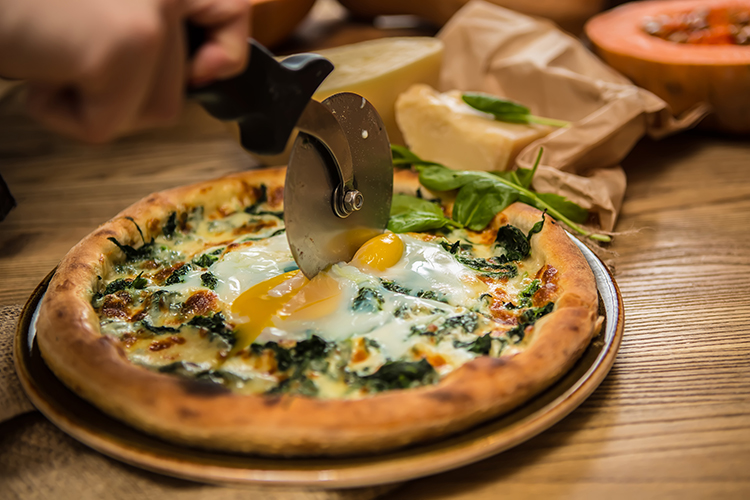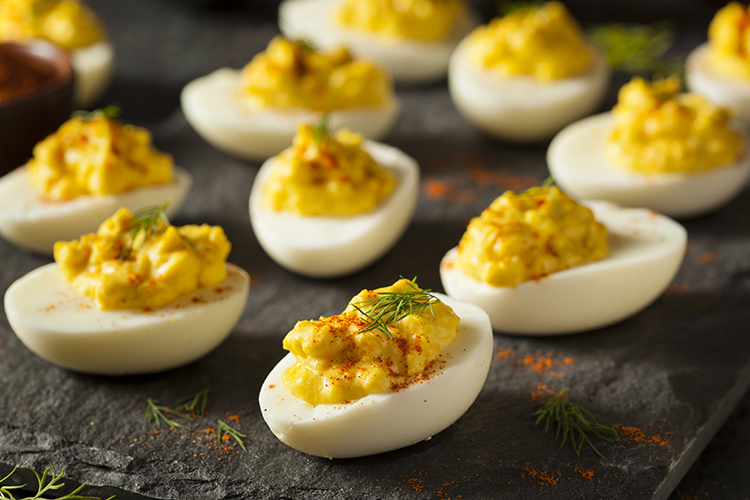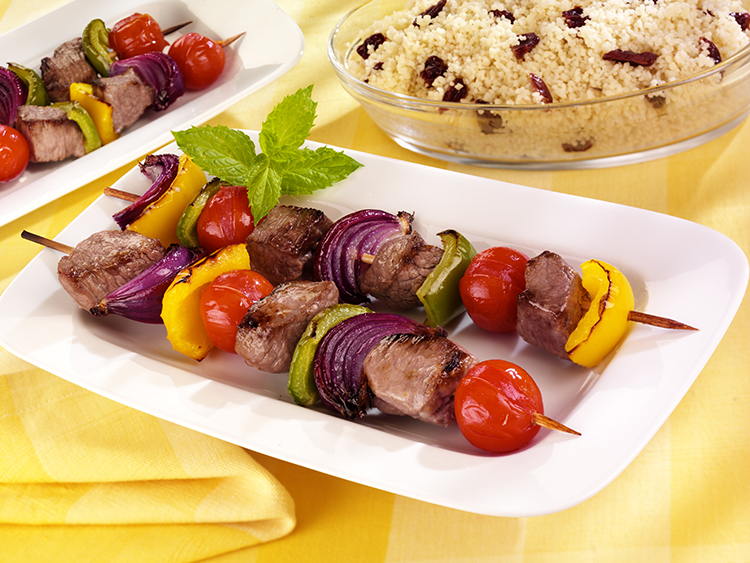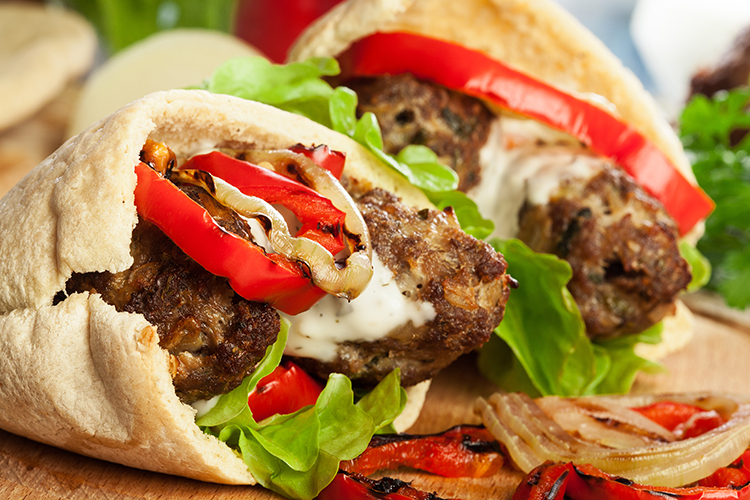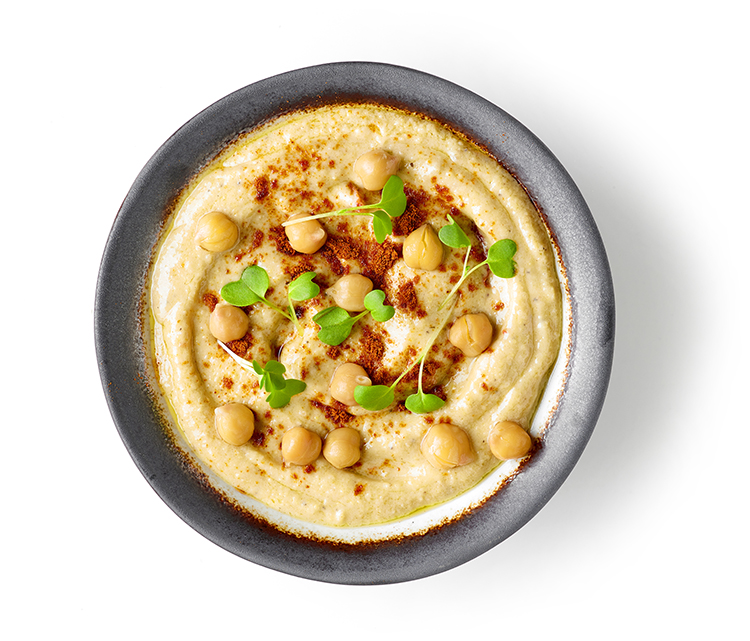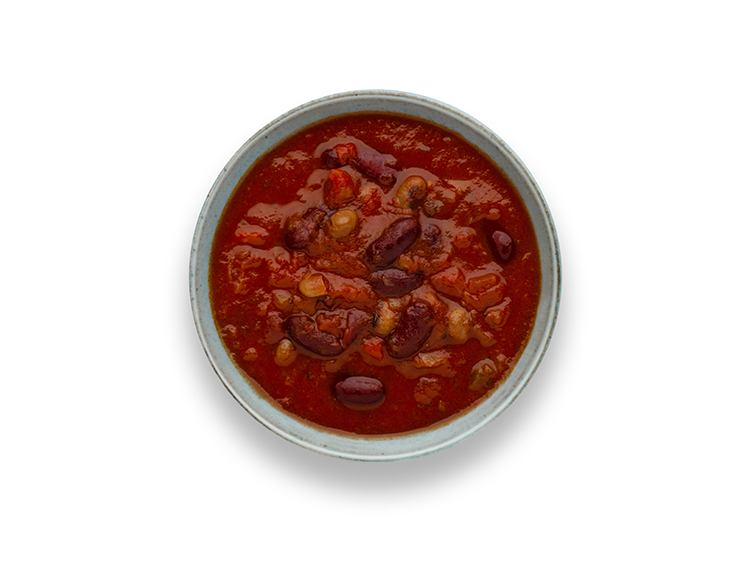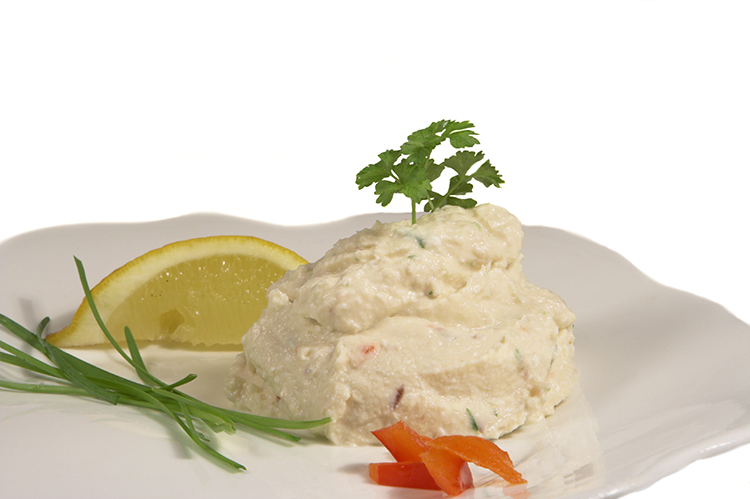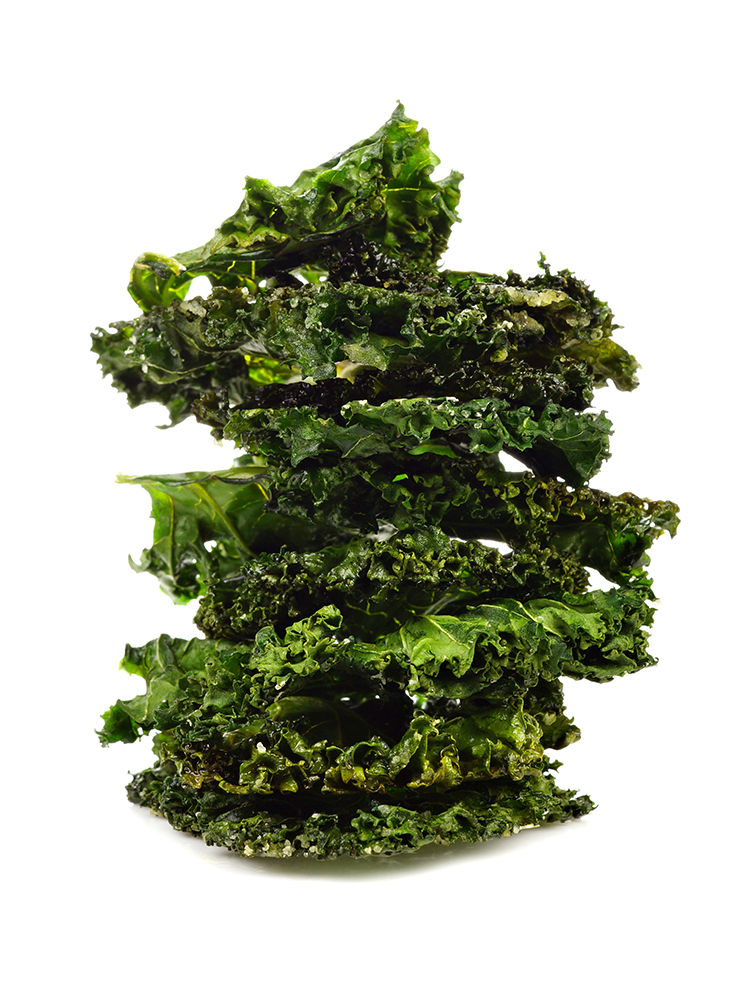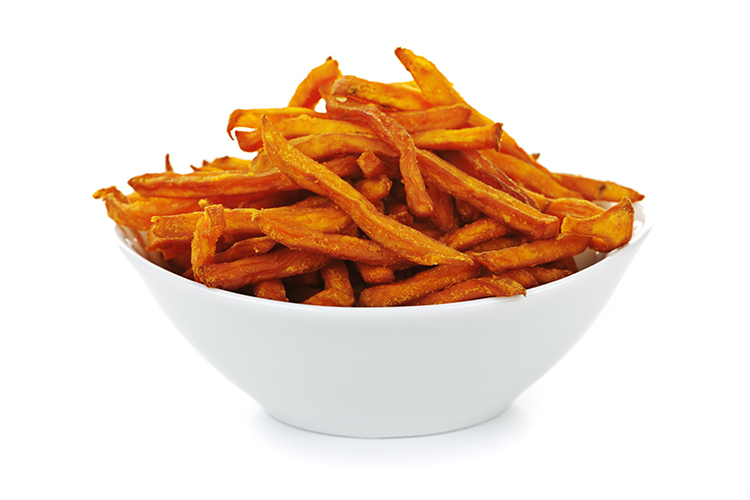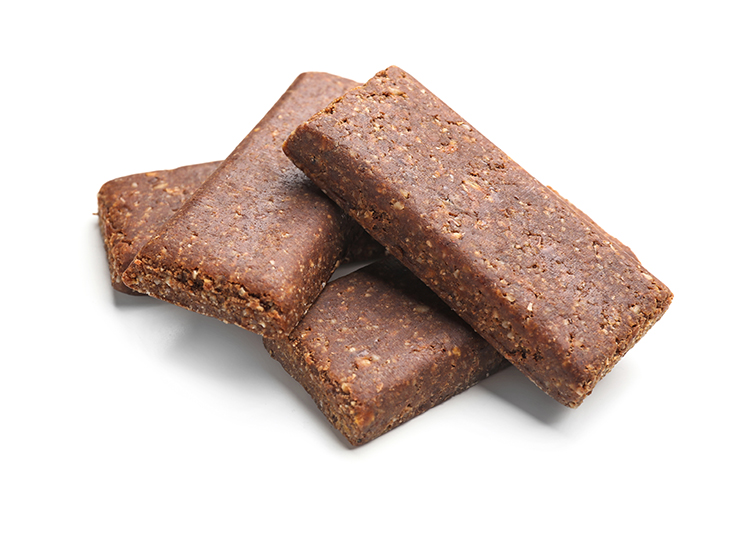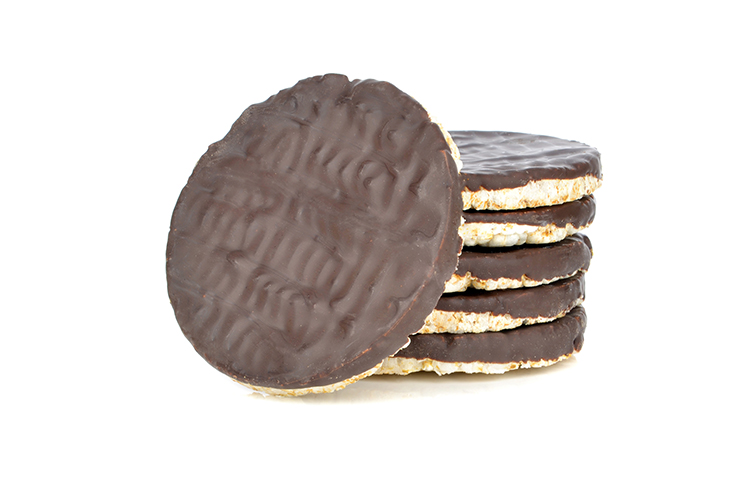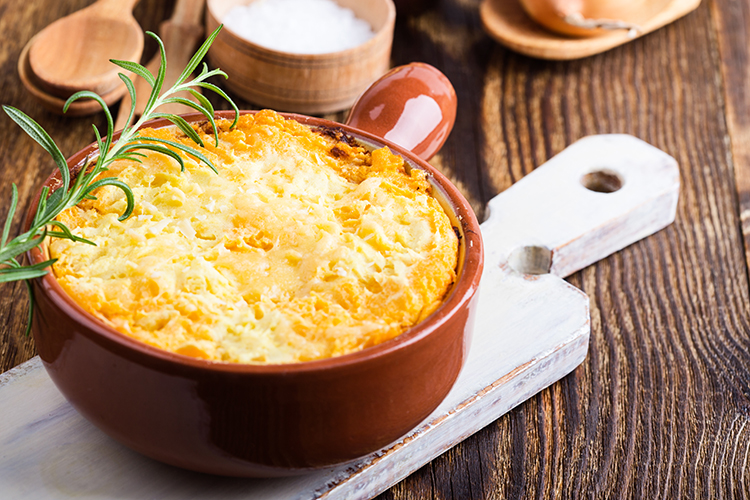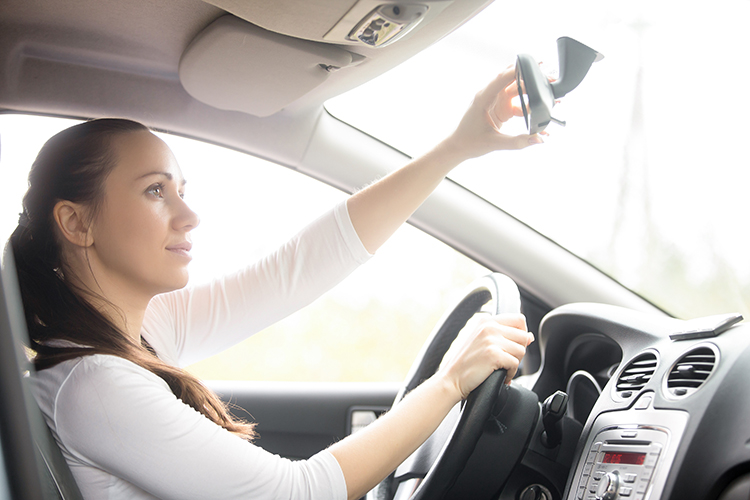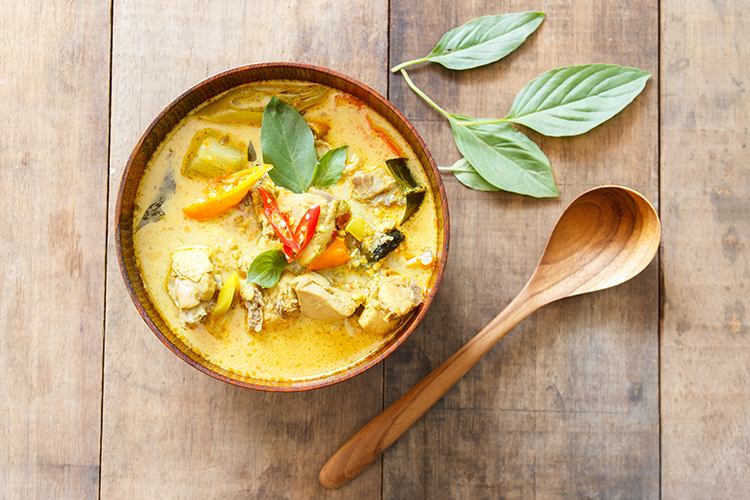Did you know Coeliac Disease affects 1 in 100 people in the UK?
Here at Vavista HQ, we’re big fans of new ways to enjoy food in a healthy and nutritious way. So when we saw these delicious recipes from author, journalist and blogger Mira Manek, we couldn’t resist sharing them with you!
Her recipes promote health and wellbeing, with a kick of spice. And they’re all guilt-free and gluten-free too – so coeliac or not, everyone can tuck in!
Cauliflower Rice with Coconut and Cumin
I am constantly on the lookout for new and exciting ways to reinvent and interpret classic dishes but with my own healthy and Indian touch. This dish is exactly that, taking a classic favourite, being rice and substituting it for the paleo diet inspired method of using shredded cauliflower to make the rice. Cauliflower is a great alternative to rice as it still retains a similar taste and texture without the carbs. It’s the fragrant and nourishing blend of herbs and spices coupled with the coconut flakes that gives this dish a traditional Indian touch.
Ingredients:
– 1 cauliflower, shredded / very finely chopped
– 1 tablespoon coconut oil
– 1 teaspoon cumin seeds
– 1 tablespoon ginger, garlic, chilli paste or just freshly chopped ginger
– 10 curry leaves
– ½ teaspoon turmeric
– ½ teaspoon coriander powder, optional
– ½ teaspoon cumin powder, optional
– 2-3 tablespoons coconut flakes
– handful coriander
Recipe:
Start by finely grating the cauliflower with a chees grater or by using a food processor if you have one until it looks like rice. This is your gluten-free rice!
Place the oil and cumin seeds in a pan on low heat and wait until the cumin is brown. Now add the ginger, garlic and chilli paste, or alternatively grate some fresh ginger. You can always forgo the garlic and chilli – if you prefer things less spicy. Now add the curry leaves and then the chopped cauliflower. Stir for a minute before adding the turmeric, coriander and cumin powders as well as the coconut flakes. Pop in the coriander leaves, mix thoroughly for another minute and serve with a sprinkle of coconut flakes.
Indian Salad
Ingredients:
For the salad:
– 120g kale
– 220g cabbage
– 100g dates, chopped
– 30 pistachios, chopped
– 10 large strawberries, sliced lengthways
Coriander and Cashew Dressing:
– 30g coriander
– 80g cashews
– Juice of ½ lime
– 80g natural yoghurt
– ½ teaspoon Himalayan salt
– ¼ teaspoon cumin powder
– 50ml coconut water
– 3 tablespoons oil (rice bran oil or other)
– ½ green chilli (optional)
Sweet Potato Topping:
– 1 teaspoon rapeseed oil
– 1 teaspoon cumin seeds
– 1 tablespoon white/ black sesame seeds
– 100g grated sweet potato
– ¼ teaspoon salt
– 2 tablespoons coconut flakes
Recipe:
Chop the kale and cabbage very finely. Place in a large mixing bowl. Blend together all the ingredients for the dressing in a high speed blender and leave to one side. Add the chopped pistachios, dates and strawberries to the salad and stir in the dressing. To make the sweet potato topping, heat the rapeseed oil and cumin seeds on low heat. Once the cumin seeds are brown, add the sesame seeds and then quickly add the grated sweet potato. Stir for a few minutes and add coconut flakes and salt while stirring. Place the sweet potato on the salad and serve.
Spiced grilled vegetables with tahini yoghurt
A rich, zesty and flavourful sauce can entirely transform vegetables and this sauce has done exactly that, but instead of using oil and cream, I’ve created a tahini and yoghurt base. This is the ultimate vegetarian barbeque dish, light yet hearty and with a touch of Indian flavour. The tandoori paste added to the sauce is an authentic and aromatic blend of spices, tamarind, ginger and garlic, what really gives this dish its fullness of flavour. You can use Tandoori Paste or Tandoori Spice Marinade from the Patak’s brand of sauces. This dish can be served as an entree, either in small dishes or on skewers, or as a main, possibly with a helping of brown rice.
This is the ultimate vegetarian barbeque dish with a deliciously rich and hearty sauce, adding an lightly spiced Indian flavour to the vegetables and tofu. This can be served as an entree on skewers, or as a main dish, possibly with a helping of brown rice.
Ingredients:
Serves 2-4
Vegetables:
– ½ broccoli
– 1 pack medium to firm tofu (349g pack)
– 1 small pack sugar snaps and baby corn (200g)
– ½ red / yellow bell pepper
For the sauce:
– 5 tablespoons yoghurt
– 2 tablespoons tahini
– 1½ teaspoons tandoori sauce
– ½ teaspoon turmeric
– ¼ teaspoon cumin powder
– juice of ½ lime
– ¼ teaspoon salt
For garnishing:
– ½ teaspoon cumin seeds
– 1 teaspoon white and/ or black sesame seeds
Recipe:
Mix together all the ingredients for the sauce. Cut the tofu into large cube or rectangular pieces and leave to dry on a few kitchen towels for 10 minutes or longer. Now chop the vegetables into small pieces.
Heat the tofu on a pan on low heat, so that it becomes more firm and doesn’t break when mixing. Add a little sauce onto each of the pieces and turn so the tofu is grilled on both sides. While the tofu is cooking, add the vegetables into the sauce and mix together thoroughly. There should be enough sauce to cover all the vegetables and if it seems a little dry, then just add a little more yoghurt and tahini.
Taste the sauce and add a little more tandoori sauce if required. Once the tofu is a little cooked (10-15 minutes), add the pieces into the bowl of vegetables and mix gently. Be careful not to break the tofu pieces.
Now lay the vegetables and tofu on the baking tray and grill for around 15-20 minutes and turn the vegetables a few times. In a small pan, lightly toast the cumin and sesame seeds for five minutes and add as a garnishing on the vegetables and tofu before you serve.
For more recipes and information on Mira visit https://miramanek.com/ – https://www.instagram.com/miramanek/
